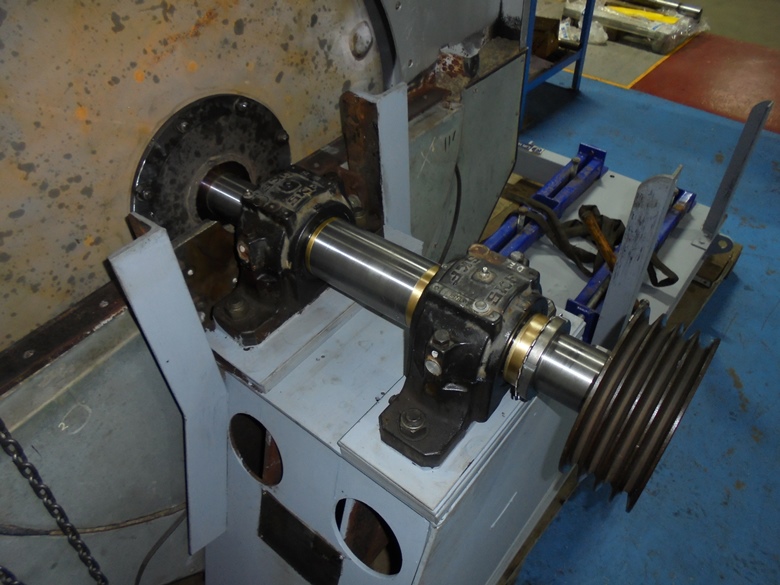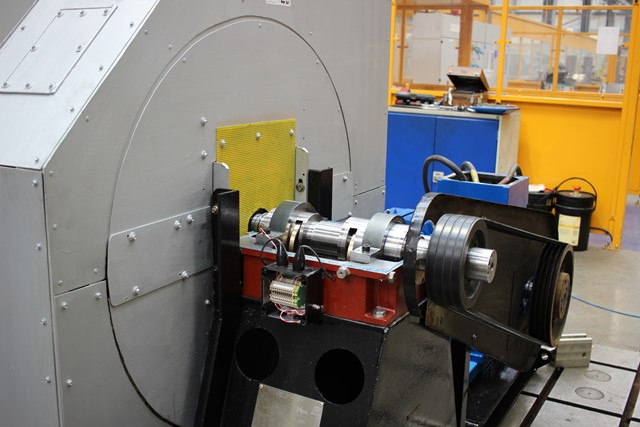Howden Fan Bearing Upgrade Case Study

The Problem
A Howden built process fan operating above 200 deg C with hydrogen, suffers from regular failures in the rolling element bearings. A typical 6 month service life means the units were constantly in overhaul and entire fan assmblies prepared for change over. The customer was incurring high maintenance costs and downtime. They had asked the OEM and other providers for a solution but no realistic solutions were proposed. Oiltech Bearings started a project to design and build a hydrodnamic bearing soltion to replace the rolling element design.

Design Solution
Oiltech Bearings started with an initial performance anlaysis of the bearings to ensure there is a realistic solution of successful bearing operation within the restrictions of the current design. The expected operational loads and load vectors were estimated by the equipment operator and used to determine a bearing design solution.
The operator specifically wanted to avoid a pressured lubrication system and thereby rely on oil ring lubrication provided within the bearing assembly. Using an powered oil pump added unwanted complexity and redunancy would be required to maintain reliability. In addtion, the area the fan is operating is explosion rated so electrical power and connections are more arduous.
The proposed design solution used conventional bearing design and materials. However due to the belt driven system the load ventors for the bearings were almost at the horizontal plane, so the bearing split lines were inclined in order to maximise the uninteruppted arc of the loaded half of the bearing, whilst allowing the oil rings to function as normal.

Production
The lead time for production was short at only 8 weeks. This was in order to meet a scheduled overhaul and allow the new design to potentially be installed. With the housing being a cast product the 8 week lead time is challenging, but with concurrent design and production activities and working closely with our foundry partners, the delivery was achived on time.

Test and Validation
Before the bearing assembly could be installed on site, the performance of the bearing assembly needed to be verified. The client arranged access to a test stand to use of the standby fans and installed the new bearing assembly.
During the first first run, the bearing slowly heated up and the test was stopped. On inspection the location face on the journal bearing was overheating so a overnight modification to put taper lands on the bearing location face allowed it to carry the higher than expected thrust loading from the fan.
The second run was more successful with a cooler bearing temperature, but gradually the overall temperature rose above 90 deg C after several hours. The conclusion is the bearing performance is good and the reliability of the bearing system should be much better with the new bearing assembly. The problem faced is that without an external oil supply the heat dissipation is to slow and there is a risk that the overall bearing could eventually overheat. The next stage of the project is to improve the cooling of the assembly either by a forced oil system, cooling, or consider heat sinks to extract more thermal energy out of the bearing assembly which the customer will be arranging.
